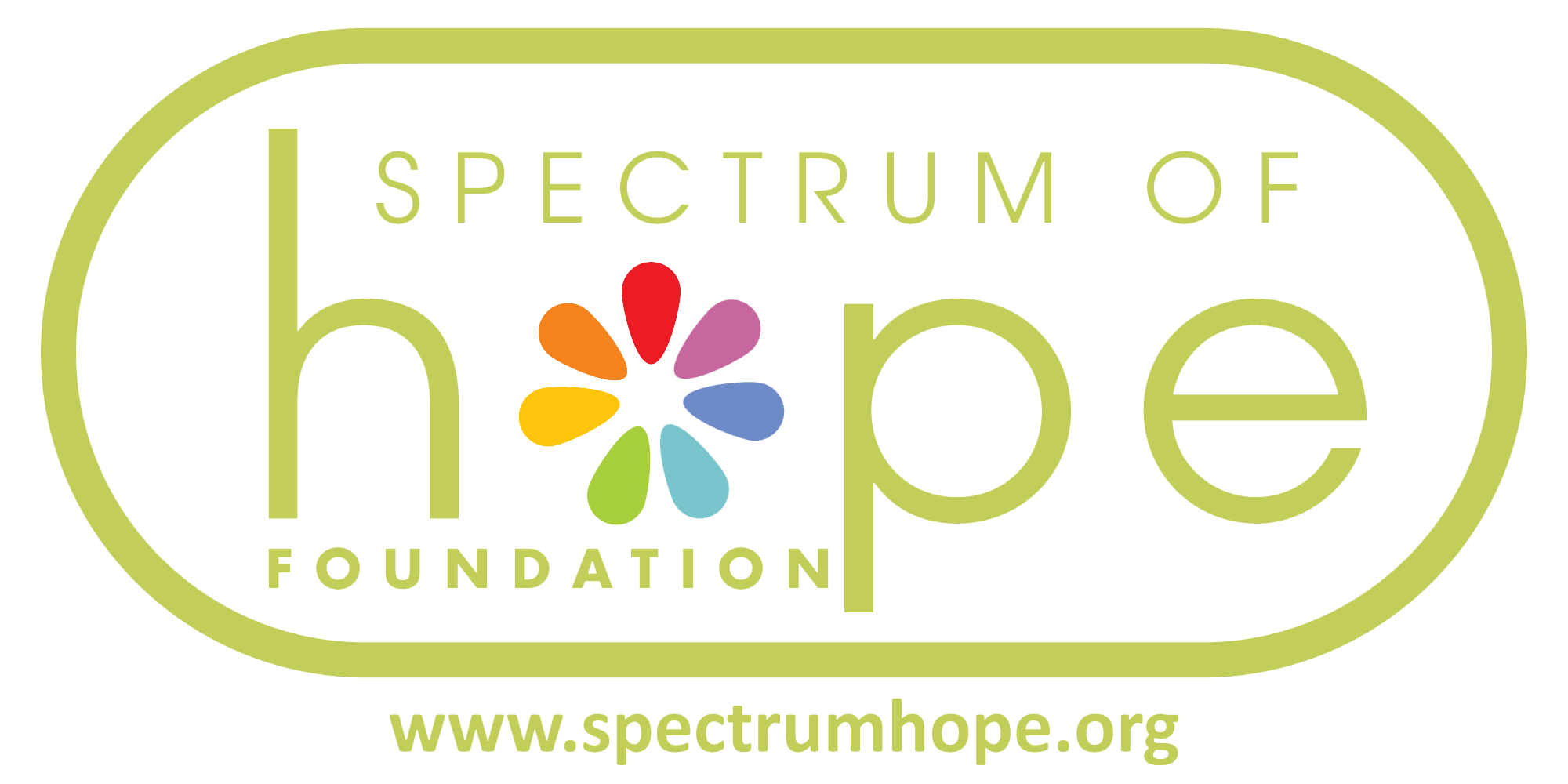Landmark ABA Research Studies The discipline of ABA is based on more than 50 years of scientific research, and its techniques have proven effective for improving wide range of skills in children with autism. Here are three research studies which have evaluated the effectiveness of comprehensive and intensive ABA program for preschool-age children with autism.
The UCLA Young Autism Project: In 1987, the Young Autism Project, headed by Dr. Lovaas in UCLA, was able to conclusively prove the effectiveness of receiving early, intensive, effective ABA program. In the experimental group that received intensive ABA treatment (40 hours per week), 90 % of the children (17 out of 19) substantially improved. Close to half (47%) attained a normal IQ and tested within the normal range on adaptive and social skills. In contrast, in the control group (without ABA treatment or with minimal treatment of ten or fewer hours per week), only one child (out of 40) achieved a regular educational placement and an IQ score in the normal range. Follow-ups show that the children that received intensive ABA treatment succeed in life without costly special education and residential services. Read the full text of the study at http://rsaffran.tripod.com/research1.html
The Sallows Replications Study: Children who received intensive ABA program achieved increase in IQ, Adaptive Behavior, and language score, versus children in special education classes who showed declining IQ over time. Read the abstract of study at https://drive.google.com/file/d/1xlHVUY9lVfCmWiAa0TSjYXtGLvNNwouE/view?usp=sharing
The 2005 Howard Study: The children who received intensive ABA achieved higher scores in cognitive, communication and motor skills versus the children in either special education classes (low intensity by nature) or children who received intensive “eclectic” intervention ( program using a variety of teaching methods including ABA, PECS, Sensory integration, and TEACCH model activities.) This study suggests that a program’s intensity alone does not achieve meaningful benefits for children with autism. The type of intervention is also critical to the child’s improvement. Read the study at www.ctfeat.org/articles/ABAvEclectic.pdf

